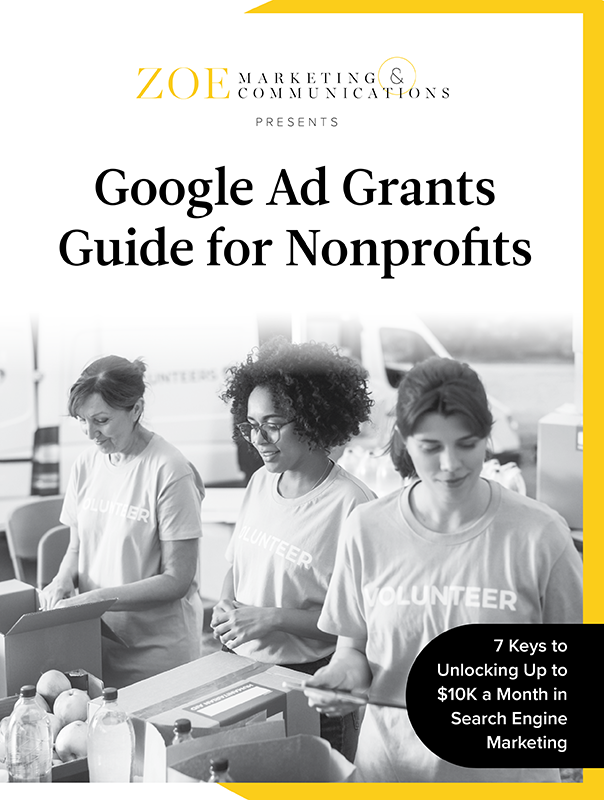
Download Your Google Ad Grants Guide
Learn how Google Ad Grants can support your nonprofit’s digital strategy, from eligibility to the application process and tips for maximizing yours.
October 19th, 2023 | 2 min. read
By Kim Kovelle
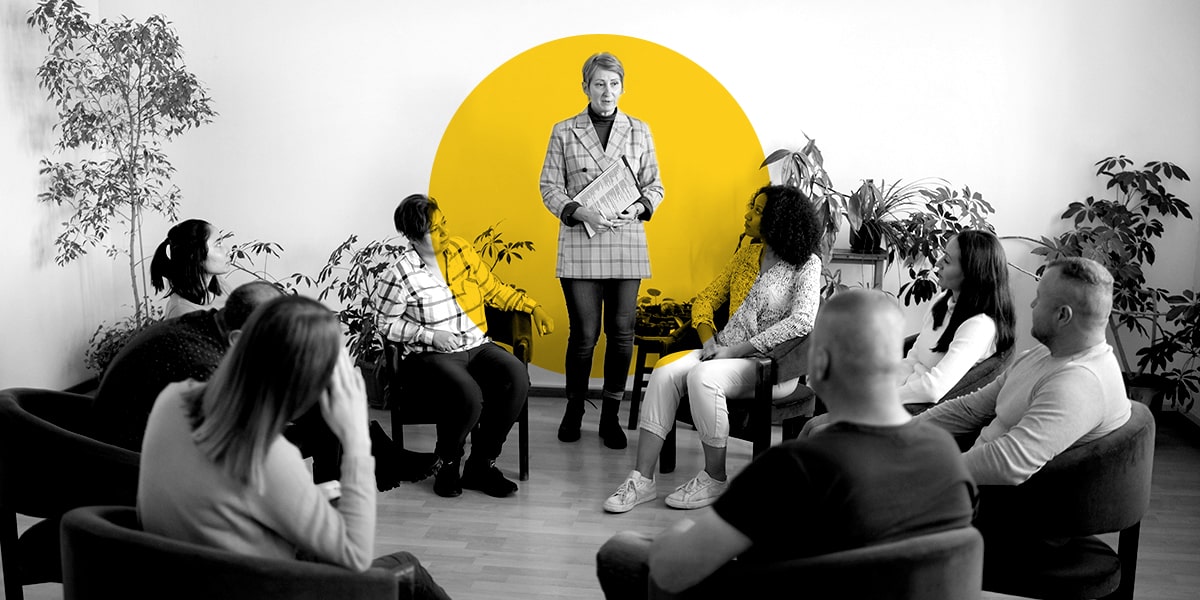
In the nonprofit world, tight budgets are a constant challenge. Nearly 90% of U.S. nonprofits operate on less than $500,000 — funding both key services and marketing (which ideally takes 5%-15% of that budget).
If you’re a Chicagoland nonprofit, you know the struggle. Maximizing your marketing impact is critical.
Zoe Marketing & Communications has helped nonprofits with marketing since 2020. We’ve identified key tactics that boost awareness, donations and volunteers.
Here’s what potential donors care about — and the five best digital marketing strategies to reach them.
Learn how Google Ad Grants can support your nonprofit’s digital strategy, from eligibility to the application process and tips for maximizing yours.
Before giving, people want to know their money will make a real impact. They ask:
Building trust is essential, whether your cause is education, housing insecurity or healthcare. That means transparency and messaging that emotionally connects with your audience.
A mix of social media, programmatic ads, content, SEM and email marketing can help you stand out in the Chicago market.
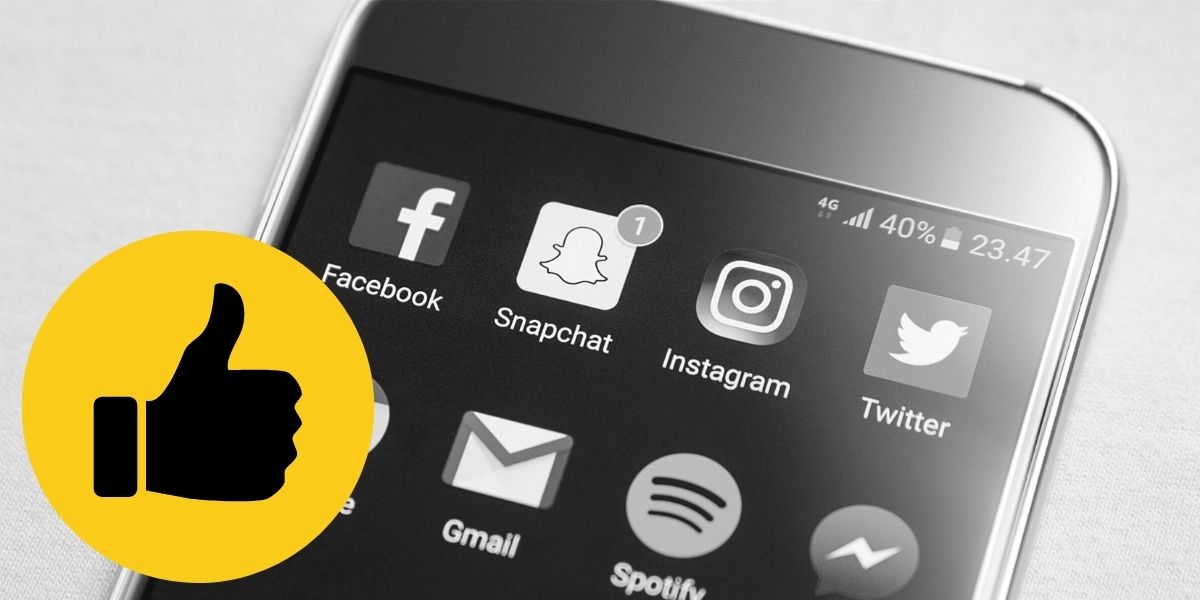
Social media helps nonprofits connect with donors and volunteers. The two main components:
Start with Facebook and Instagram — both have high user volume and shared ad platforms for efficiency.
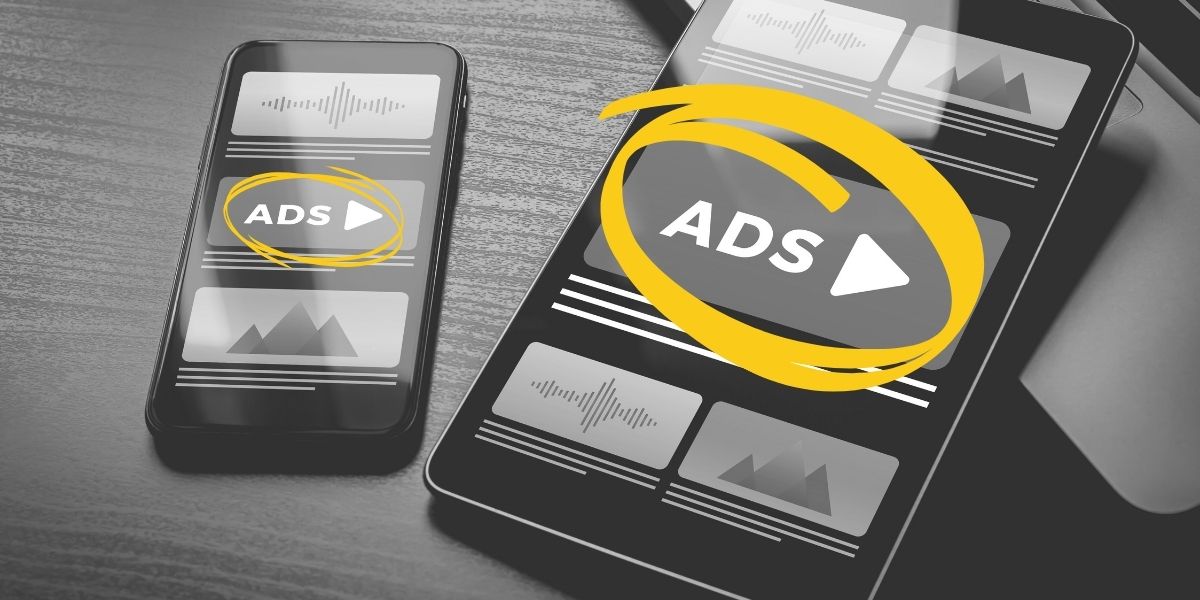
Programmatic ads use real-time data to place ads on websites and apps, targeting users based on location and interests.
This ensures your message reaches those most likely to support your cause.

Content marketing fosters trust and long-term donor engagement. Three key formats include:
Content should focus on your impact, not just your organization — keep self-promotion light and 20% or less.
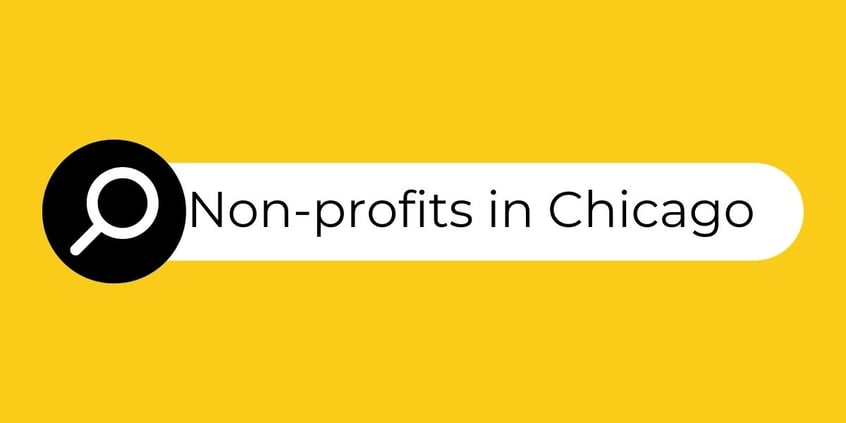
Search engine marketing (SEM) connects you with people searching for causes like yours.

Email marketing nurtures both new and past donors:
Regular updates keep you top of mind and reinforce trust.
Marketing for nonprofits in Chicago takes strategy. Social media, programmatic ads, content, SEM and email marketing can maximize your reach — even on a tight budget.
Need help? Talk to us at Zoe Marketing & Communications to learn how to maximize your nonprofit marketing budget.
Or, keep learning with:

Learn how Google Ad Grants can support your nonprofit’s digital strategy, from eligibility to the application process and tips for maximizing yours.
As Zoe Marketing & Communications’ content manager, Kim Kovelle brings over 20 years of writing and editing experience in metro Detroit. She has strong roots in community journalism and a knack for making complicated topics make more sense.
